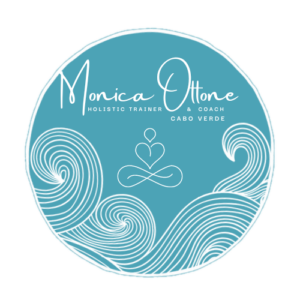
CranioSacral Therapy (CST) as developed by Dr. John E. Upledger
In few words we can refer to CranioSacral Therapy (CST) as a simple approach to profound work that will help you to normalize the craniosacral system and allow the body to self-correct to restore function and inter-connection within all the body's systems.
But …..what exactly this mean?
How CST really works?
Is this an alternative medicine practice?
What can you expect from a session based on this technique?
…………………………..
I can imagine you questioning so and more, because before becoming a CST patient first and a CST facilitator after, I was similarly wandering about, so follow me here along the 3 steps - path that lead me to this powerful self-empowering discipline.
- Origin of the method: a bit of history
- Anatomy&Physiology of craniosacral system
- Experience and evidence
1. Origin of the method: a bit of history
The founding of a school of osteopathy in 1892 by Andrew Taylor Still, played a decisive role in the development of modern manual therapy. He specified three main principles that gave rise to osteopathy:
- Structure and function remain in reciprocal relations
- The body functions as a unity in health and illness
- The body is a self-healing mechanism
In 1948, doctor William Sutherland had an "Aha" moment that expanded his perspective on cranial osteopathy, a field he created that eventually gave birth to three bodies of CranioSacral Therapy: Upledger, Biodynamic and Visionary. Years earlier he noticed the bevelled sutures of a disarticulated skull and realized the cranium must be built for motion.
"He had his hands on a patient and spaced out just enough to get out of the way…..Suddenly he observed a force in the body that was making corrections without his having to add any force to the system. He began writing about the need to have reverence in our hands for this self-correcting power.“ 1
That reverence for the power of the human body lies at the heart of each model of CranioSacral Therapy (CST).
Upledger's journey began with his own "Aha" moment in 1971, when he was assisting in a neurosurgery, "They were opening up the patient's spine to remove a piece of calcified plaque from the dural tube……Upledger's job was to hold the dura still, but he couldn't stop it from pulsing in and out of the incision site, and no one in the surgical suite understood what was causing it. 2.
Intrigued, Upledger set out to resolve the mystery. His path led him to Sutherland's theories and he went on to become a skilled cranial osteopath. Then in 1975 he received a research grant from Michigan State University that would mark another turning point in the evolution of cranial work. "He gathered 22 scientists and researchers who were charged with proving or disproving Sutherland's theories…….They came up with compelling studies demonstrating that cranial sutures aren't fused as everyone had believed. Finally, they had scientific evidence supporting Sutherland's theories on cranial motion."
- Michael Shea, PhD, author of Biodynamic Craniosacral Therapy
- Don Ash, PT, author of The CST Handbook.
2. Anatomy&Physiology of craniosacral system
The Craniosacral System or Craniosacral Mechanism as it is also known is the most important function of the human body. It contains the highest known element to man, Cerebro-Spinal Fluid (CSF). The craniosacral system is comprised of the cranium, sacrum, spine and CSF.
CSF is produced in the choroid plexus of the brain and is the driving force, the hydraulic system, the energetic system of the body. Without this fluid’s mechanics, life would not be possible.
This mechanism was discovered by Dr. William Sutherland, and he called this system the Primary Respiratory Mechanism.
Trained Craniosacral Therapy practitioners can place their hands on any part of the body to perceive and influence this important mechanism.


The Primary Respiratory Mechanism has five basic components:
- The inherent rhythmic motion of the brain and spinal cord.
- The fluctuation of CSF that bathes and nourishes the brain and spinal cord.
- The shifting tensions of the membranous envelope / dura mater surrounding the brain and spinal cord. This entire membranous structure acts as a unit and is called Reciprocal Tension Membrane.
- The inherent rhythmic motion of the cranial bones.
- The involuntary motion of the sacrum / tailbone between the ilia / hip bones.
The Primary Respiratory Mechanism’s fluid – CSF is the engines oil. It is responsible for maintaining the function of your body. It expresses itself through every cell of the body, influencing all body functions.

The whole body takes part in primary respiration. There is a filling and widening on the inhale phase, the opposite on exhale. In CST we refer to this full body movement as flexing and extending.
The second picture shows how the limbs are involved as well in a rhythmic roll out and roll in.
It is very simple, but when you feel this subtle rhythm clearly expressing in a body, people tend to be healthier and in less pain.
A limb, or any part of the body, that is restricted in its movement is a sign of conditional forces being held in the system.
In treatment we orient to qualities of absence or fixation or tightness all the time, when they ease it is a very good indicator of change.

What the Upledger method vs others?

I opted for Upledger Institute for 3 main reasons:
1)First Dr John Upledger like no other dedicated most of his life and career to study and reveal the «mystery» and the therapeutic application of the Cranio Sacral System. In doing this he always mantained scientific rigor, reflecting his seriousness in decades of clinical practice and maintaining the spirit of knowing not to know as a true scientist. He developed an hydraulic model of the cranial system which is still a reference.
2)As he proceeded in his discoveries and obtained surprising clinical results, he generously transmitted his method to patients' relatives and non-medical students, convinced that it is not the therapist who heals, but the body itself and that therefore anyone with adequate information and compassionate intention can facilitate this body intelligence
Nowadays the Institution continues his work, offers international and unparalleled levels of training and tuition.
I feel proud and confident to be part of this institution and to give continuity to the incredible work of Dr Upledger
3. Experience and evidence
CST is still considered a pseudoscience, apart few published datas the reporting is mainly anecdotal, but huge. For this I will limit to quote some interesting readings to explore on your own.
Nevertheless since it worked so well for me along my journey of wellness I want to share here my personal experience.
When I first underwent a CST session with an Upledger facilitator I suffered with chronic abdominal/back pain and IBS derived both from surgeries and bad lifestyle. My abdomen was full with adherences, swelling and muscle pain.
I used to visit regularly a traditional osteopath but the strong manipulation seemed to worsen it all: I felt some release initially, but after few days the weight, tension and the sense blockage came inexorably back. Recommended physical activity did not lead to any results, On the other hand, my psoas and my back ached even more, with the consequence that I moved badly and with pain.. Needless to say, this age-old situation was accompanied by a slight depression.
To this day it seems incredible to me but with only 3 sessions of CST my entire system has been unlocked; In the first session I was able to physically feel the points of my body where the tension was concentrated and that originated stiffness and pain. Dr Upledger called them "energy cysts" i.e. points where the body stores, confines trauma when it is not dissipated.
The strange thing was that those dots didn't match the abdominal area at all, so I ended my first session more skeptical than ever. The "miracle" of somatoemotional release began already in the second session when the skilled therapist guided me to contact those cysts and remember their origin. Thus began the work of therapeutic dialogue that leads me to visualize my abdominal cavity as a mass of old and heavy rigging, hardened by salt and sun and abandoned on the pier of a port. The therapist's gentle touch freed both the tissues and the narrative of my pain. With the third session I freed and cleaned those rigging, understood that they represented the emotional residues of the surgical manipulations suffered and that I had carried inside for forty years.
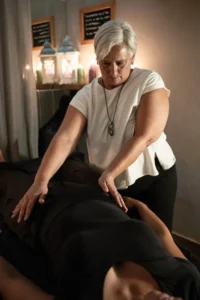 From that moment I began to feel better, it was easier to move efficiently and eat better, in other words to heal from the emotion of having been an unfortunate fifteen-year-old who underwent an emergency laparotomy and who had felt guilty for having had an accident and heard that she would never be healthy again.
From that moment I began to feel better, it was easier to move efficiently and eat better, in other words to heal from the emotion of having been an unfortunate fifteen-year-old who underwent an emergency laparotomy and who had felt guilty for having had an accident and heard that she would never be healthy again.
My experience was so deeply liberating and transformative that I wanted to understand what had happened and study such a surprisingly effective technique.
I became a therapist myself, thanks to the simple but rigorous and repeatable method learned at the Upledger Institute, Icould help many people.
Just a few examples: V.P. young woman anxious and rigid, angry and stuck in the expression that after the CST sessions could scream out her pain (she stopped in the car on the way home to scream); A.A. 40-year-old man who after years of continuous nocturnal awakenings for three weeks slept continuously after a single session. F.R. in the dentist's care for weeks took very strong painkillers to soothe local pain and excruciating migraines: she too after a single session, among other things on the sand on the beach, no longer felt neither pain nor headache and therefore suspended painkillers for days.
Today I have also learned to treat my self with CST and along with other techniques I find robust support to my well being.
Whenever I treat a person with CST I always have the feeling of caressing their soul, the deepest consciousness, the most remote memory, the most subtle experience. In the caress I simply put my purest intention to facilitate the person to contact his inner self and the certainty that the wisdom of the body will begin healing.
Is this science? Frankly speaking I do not know , I would rather say it is life, but it works , I enjoy and hopefully you will too.
I recommend to read more from Dr Upledger directly; start with this CranioSacral Therapy - Touchstone for Natural Healing - John E. Upledger and deepen with Your Inner Physician and You - John E. Upledger.

For those who want clinical readings, here some suggestion:
https://pubmed.ncbi.nlm.nih.gov/31892357/

What can you expect from a craniosacral therapy (CST) session?
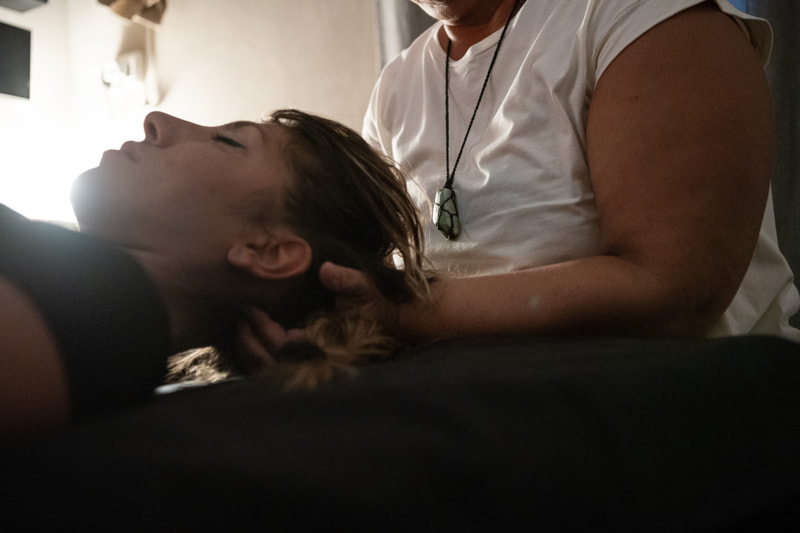
A CST session is similar to massage therapy, except you stay fully clothed.
The treatment session begins with a consultation with your trained therapist to identify troubled areas.
Soft music and low lighting are usually used to increase your state of relaxation.
The therapist uses gentle pressure techniques to assess the existence of possible disruptions and/or restrictions in your fascial system. Light touch and fascial release may help your muscles and organs naturally relieve stress, which improves function.
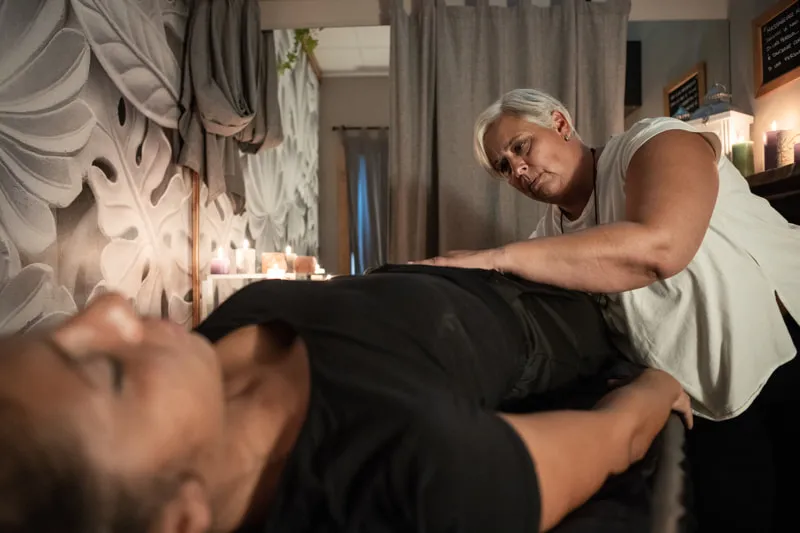
Deep relaxation, inner connection and consciousness, pain and emotions release are the most often and immediate reported benefits.
The individual response is very subjective but, even during the first session, strong healing signals emerge as a somatic and nervous response to soft craniosacral movement stimulation.
Benefits and warnings
Craniosacral technique is a therapy for the whole body, it has a very wide impact on human health. The therapist working with craniosacral therapy has to use a very delicate touch, but a very good knowledge of human anatomy is also required. Therapy is effective in cases of dysfunctions within the area of the cranium and pelvis, disturbed vision and hearing, sinus pain, hyperactivity, concentration problems, chronic stress, also amongst dental patients. As every other method, it has contraindications for its use, they include intracranial bleeding, brain aneurysm, skull injuries, bone fractures and medulla oblongata herniations. Craniosacral therapy can be combined with other therapeutic approaches.
What conditions may craniosacral therapy (CST) help?
- Chronic pain
- Fibromyalgia
- Migraine headache
- Complex regional pain syndrome
- Fascial adhesions
- Multiple sclerosis
- Neuralgia
- Neurodegenerative diseases
- Temporo-mandibular joint syndrome
- Stroke
- Post-concussion syndrome
- Speech impairment
-Epilepsy
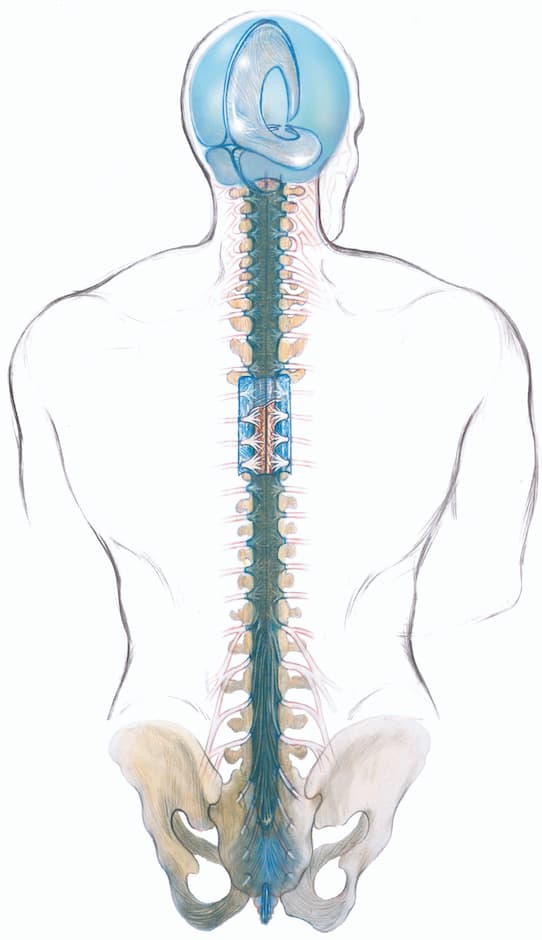

Is craniosacral therapy ( CST) right for everyone?
Being a non invasive and gentle technique CST is usually safe in almost any condition, nevertheless should be avoided in case of:
- Recent concussion.
- Cerebral swelling.
- Structural defects in the cerebellum such as Arnold-Chiari malformation.
- Brain aneurysm.
- Traumatic brain injury.
- Blood clots.
- Any disorder that causes instability of cerebral fluid pressure, flow or build-up.
